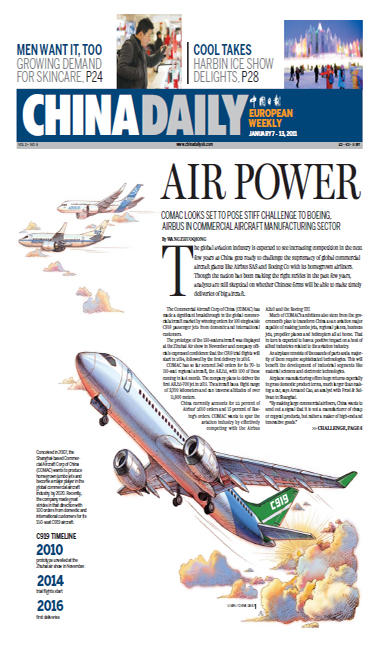Burning issue is worrying critics
Updated: 2010-11-25 08:03
By Wu Wencong (China Daily)
Environmentalists are expressing concern about the proposed Sujiatuo garbage burner in Haidian district after the local government began its environmental impact assessment last week.
Haidian district government's website included three bulletins in a week that included information about the proposed Sujiatuo plant, which is near the Sixth Ring Road in Haidian district.
The plant is designed to burn 1,800 tons of garbage every day, one bulletin said.
The Sujiatuo project was announced to the public after the Lujiashan burner, the city's largest waste-burning plant with a processing capacity of 3,000 tons a day, was started late last month.
Experts expressed their concern about Sujiatuo project and said more information was needed.
"Some information is missing from the bulletins, such as the aim of the project, sources of the garbage, and how to sort trash before it goes to the burner," said Zhao Zhangyuan, a 67-year-old researcher at the Chinese Research Academy of Environmental Sciences.
The Sujiatuo plant is slated for Dagong village in Sujiatuo township, in Haidian.
Zhao said the project will affect more than just those living in the village. "The wind comes from the northwest in most seasons," he said. "And the village is just a few kilometers from two important rivers in Beijing, the Yongding River and the Jingmi waterway".
If there is pollution, poisonous materials will be transferred to the downtown area, both by the wind and water, said Zhao.

The project will require 1.26 billion yuan of investment for the plant and 770 million yuan for its supporting facilities.
Wei Panming, deputy head of the solid waste department at the Beijing municipal commission of city administration and environment, refused to comment on the Sujiatuo plant project. And a phone number he gave that was supposedly for the person in charge of the project was powered off.
The plant is not the first controversial case concerning garbage burning in the city.
Before 2005, landfills were seen as the green choice but since 2006, plants that burn garbage have been billed as more environmentally friendly. In September 2009, a plan was released that called for nine garbage-burning plants in the city. All were to be in suburban areas and form a circle around the capital. The Sujiatuo and Lujiashan plants were not included in that plan.
In research published by the Chinese Journal of Environmental Engineering in August 2009, samples of domestic garbage in Chaoyang district were analyzed. The results showed that household garbage comprised more than 40 percent water, suggesting there would be a significant waste of the resource if that garbage was burned.
The production of dioxins, smoke and heavy metals from materials such as plastics, printing paper, metal, glass and tiles should also be avoided, said environmental scholar Li Hao in an earlier interview.
"The best way to promote sorting is to let the public know about the problems with the end treatment," said Mao Da, a PhD student of environmental history at Beijing Normal University.
Paper's Digest

Fresh start
China has an enormous stake in the stability and prosperity of the EU, the largest market for its exports.
Lion's share
Tuning into FM
Found in translation
Specials

On the rise
China could become the world's largest market for helicopters in the next two decades.

General Practice
Country doctors work in trying conditions to bring care to people in the remotest of regions.

Reading Pleasure
Whatever genre you fancy, these English-language book titles of 2011 are sure to delight.
